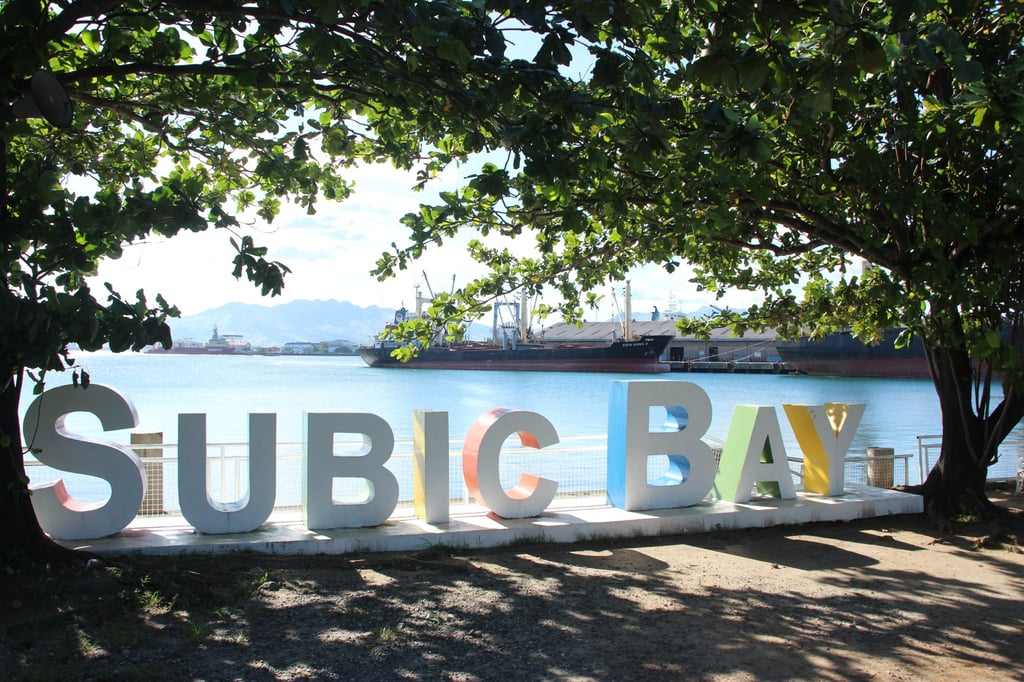US military’s Pacific strategy shifts to survival mode as China gains strength
In the Philippines, Australia and across the Pacific, US defence strategy is pivoting from supremacy to a ‘scatter and survive’ approach

The Pentagon’s strategy for the region reflects this new reality. Variously described as “agile combat employment”, “expanded manoeuvre” and – perhaps most tellingly – “scatter and survive”, the goal is to spread out US forces across a wide geographic area to withstand a potential first strike.
“What the Americans are doing is distributing their forces widely because big bases are vulnerable to missile attack,” said Sam Roggeveen, director of the international security programme at Australia’s Lowy Institute. “The emphasis on survival is correct because America is not building a presence in Asia that is designed to win a war against China. Its strategy is designed merely to survive one.”

The Pentagon itself acknowledges that the PLA is now a worthy adversary. In its latest report to Congress, it described China’s military as “an increasingly capable instrument of national power” that’s well-trained in combined operations and equipped with advanced command and control, intelligence, surveillance, and area denial capabilities.